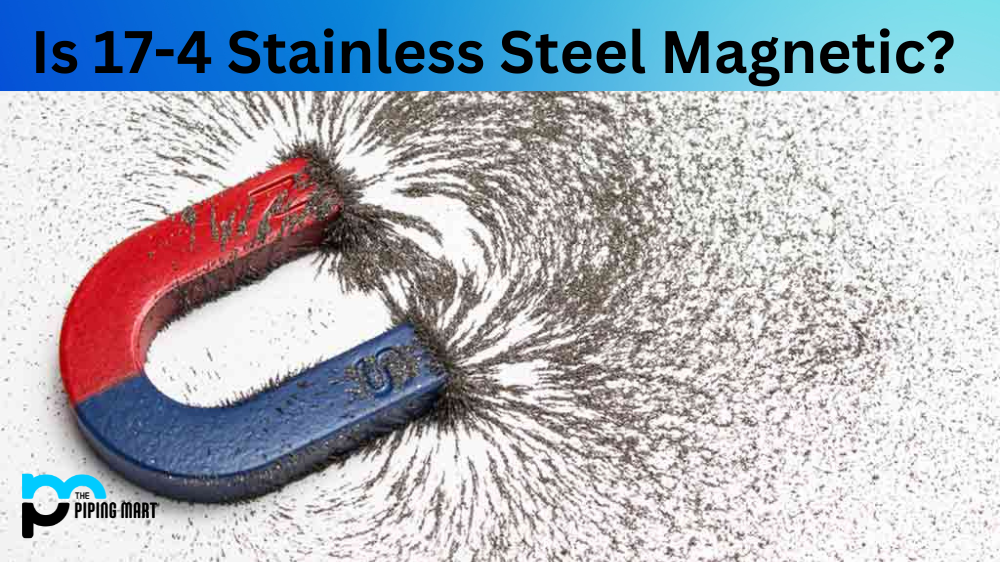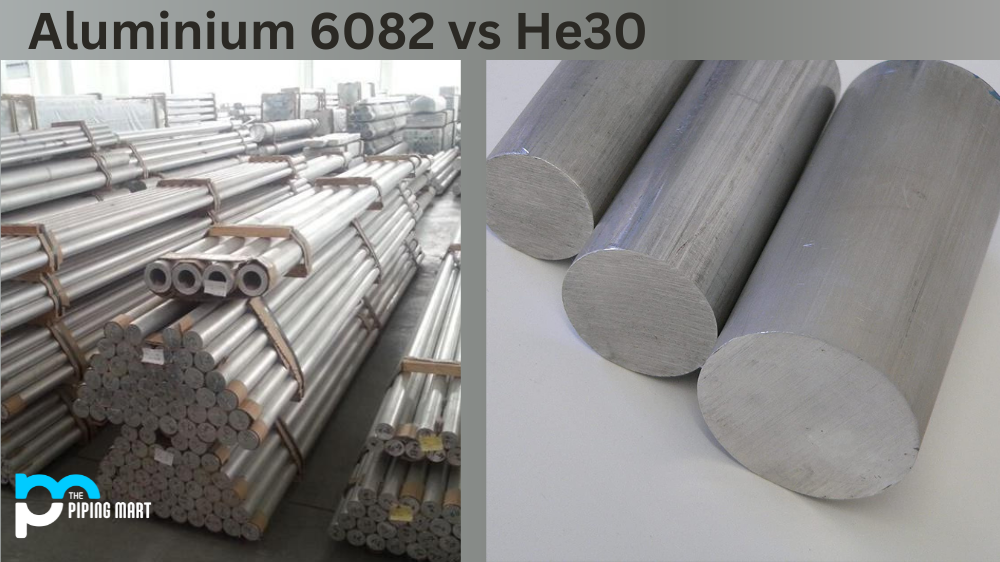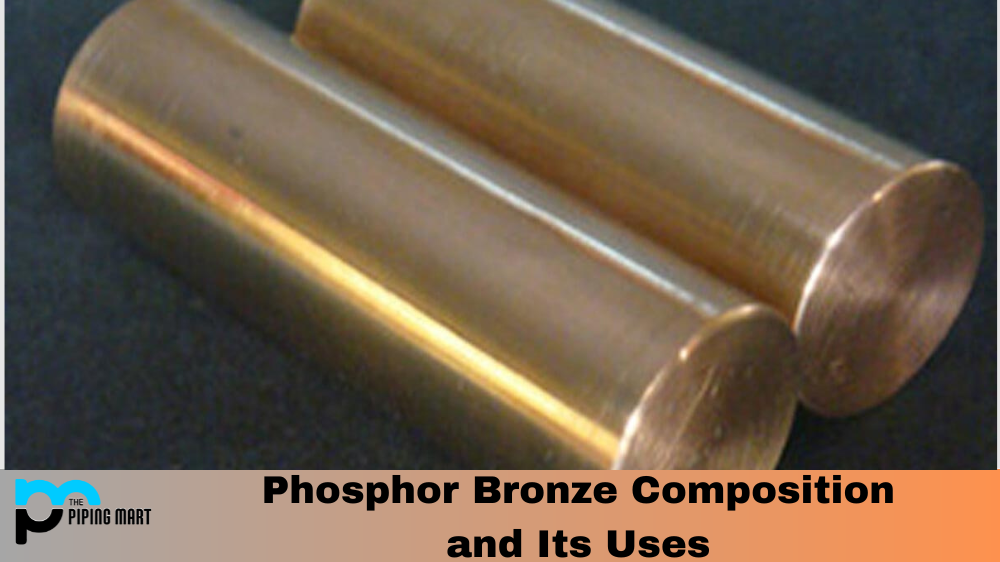Steel is one of the world’s most versatile and widely used materials. It comes in many different types, each with unique properties, strengths, and weaknesses. Two popular types of steel that often get compared are 1045 carbon steel and 1035 steel. Both of these steels have their own advantages and disadvantages, but which one is better? This blog post will delve into the differences between 1045 carbon steel and 1035 steel and help you decide which steel suits your project.
Difference Between 1045 Carbon Steel and 1035
1045 carbon steel is a medium-carbon steel with a carbon content of 0.45%. It is known for its excellent strength and durability and is often used in machine parts, tools, and high-stress applications. 1045 carbon steel is also highly machinable, making it a popular choice for CNC machining and other precision manufacturing processes.
On the other hand, 1035 steel is a low-carbon steel with a carbon content of just 0.35%. While it may not have the strength and durability of 1045 carbon steel, it is more ductile and easier to work with. This makes it a popular choice for applications where formability and weldability are more important than strength, such as automobile parts and lightweight structural components.
Regarding price, 1035 steel is generally less expensive than 1045 carbon steel. This is because it contains less carbon and requires less time and energy. However, the lower carbon content also means that 1035 steel is less solid and durable than 1045 carbon steel. This means it may not be suitable for high-stress applications where toughness and hardness are critical.
Another essential factor to consider when choosing between 1045 carbon steel and 1035 steel is their relative machinability. While 1045 carbon steel is highly machinable, 1035 steel is more accessible to machines thanks to its lower carbon content. This makes it a better choice for projects that require much machining or for manufacturers who want to save time and money on production costs.
- 1045 carbon steel is higher-quality steel than 1035 carbon steel.
- 1045 carbon steel is more expensive than 1035 carbon steel.
- 1045 carbon steel is more complicated than 1035 carbon steel.
- 1045 carbon steel is more robust than 1035 carbon steel.
- 1045 carbon steel is more challenging than 1035 carbon steel.
- 1045 carbon steel is more wear-resistant than 1035 carbon steel.
- 1045 carbon steel is more difficult to weld than 1035 carbon steel.
- 1045 carbon steel is less likely to corrode than 1035 carbon steel
Conclusion
In conclusion, 1045 carbon steel and 1035 steel have unique properties and strengths. While 1045 carbon steel is more robust and durable, 1035 steel is more ductile and easier to work with. The choice between these two steels ultimately comes down to your project’s specific needs and requirements. If you need high strength and durability, then 1045 carbon steel is the way to go. 1035 steel may be better if you need good formability and weldability. Either way, these steels can be great options for various applications.

A passionate metal industry expert and blogger. With over 5 years of experience in the field, Palak brings a wealth of knowledge and insight to her writing. Whether discussing the latest trends in the metal industry or sharing tips, she is dedicated to helping others succeed in the metal industry.




